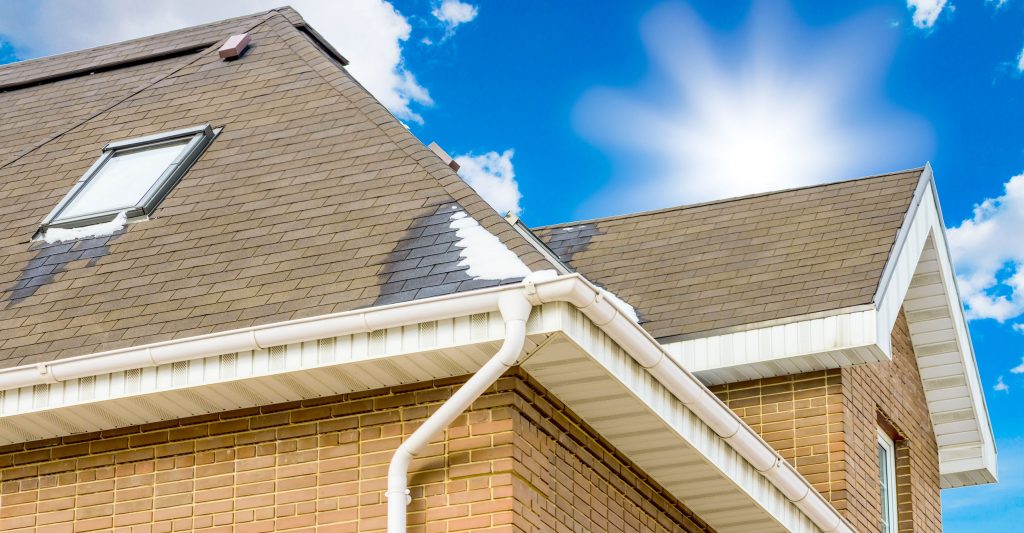
Asbestos has been used in construction materials for centuries. Only within the last several years has it become a major health concern. Asbestos exposure causes severe health problems such as cancer, respiratory issues, and even death. It is important to understand the dangers and be aware of the possibilities you have asbestos inside your home. Below Asbestos Abatement Services will discuss several places asbestos could be hiding in your property.
Roofing
Shingles and other types of roofing are one of the main places that contain asbestos. Asbestos is a durable fiber that is also heat resistant. This makes it the perfect addition to shingles.
Insulation
Insulation is the main place that we find asbestos. Asbestos is very popular in insulation and has been known to be one of the main components. Asbestos fibers stand up to the heat and make a perfect addition to insulation. Never remove insulation without an asbestos test.
Tile
Floor and wall tile could contain asbestos, as asbestos is very strong and meant to hold up to everyday traffic. Even trace amounts can cause asbestos exposure.
Wallpaper
Wallpaper adhesives used asbestos fibers up into the 90s. If your home is a bit older, it could have asbestos-containing materials inside the wallpaper and adhesives.
Adhesive
Adhesives such as caulking could contain asbestos. Asbestos holds up well to the heat, making it a great addition to adhesives and wire coating
Above are some common places that could contain asbestos. If you have never had an asbestos test completed on your home, it is time to consider it. Asbestos exposure happens when products break down or are disturbed during a remodel. Protect you and your family from asbestos exposure with an asbestos test from certified asbestos professional. Even trace amounts of asbestos can cause life-threatening illnesses.






Recent Comments